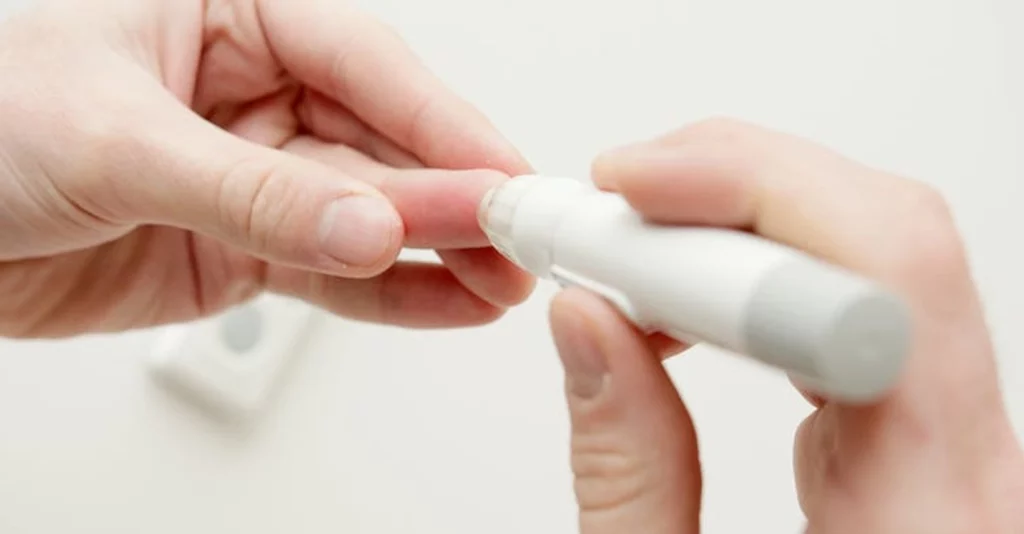Insulin has been an essential part of diabetes treatment for over 100 years. It has changed the lives of millions of people and has been the focus of countless advances in medical science. From its discovery to its current treatments, the journey of insulin is an inspiring story of innovation and progress.
Introduction to Insulin: What is Insulin and its Significance?
Insulin is a hormone produced by the pancreas that plays a crucial role in regulating blood sugar levels in the body. It allows glucose to enter cells and be used for energy or stored for later use. Without insulin, glucose builds up in the bloodstream, leading to high blood sugar levels, which can cause serious health problems over time. Insulin was first discovered in the early 20th century by Canadian scientists Frederick Banting and Charles Best, who were awarded the Nobel Prize for their work. Since then, insulin has become a lifesaving treatment for people with diabetes, a chronic condition in which the body either doesn’t produce enough insulin or can’t use it effectively. There are several types of insulin available, including rapid-acting, short-acting, intermediate-acting, and long-acting, which can be administered by injection or through an insulin pump. Understanding insulin and its significance is essential for managing diabetes and maintaining overall health.
Early Discoveries of Insulin: How We Learned About It
Insulin is a hormone that is produced by the pancreas and plays a crucial role in regulating blood sugar levels in the body. The discovery of insulin is a fascinating story that spans over a century. In the early 20th century, scientists began to understand the link between diabetes and the pancreas. In 1921, Canadian scientists Frederick Banting and Charles Best made a breakthrough discovery. They found that by extracting insulin from the pancreas of dogs, they could successfully lower their blood sugar levels. This discovery was a major milestone in the treatment of diabetes, and it earned Banting and Best the Nobel Prize in Physiology or Medicine in 1923. Since then, scientists have continued to study insulin and its effects on the body. Today, insulin is widely used to treat diabetes and has saved countless lives. The early discoveries of insulin were a testament to the power of scientific research and the importance of collaboration between scientists from different fields. But despite the incredible advancements we’ve made in diabetes treatment, there are still millions of people around the world who don’t have access to insulin. This is an unacceptable reality that needs to change. We must continue investing in research and development so that we can improve upon current treatments and find new ways to help those living with diabetes. Furthermore, it’s crucial that governments and healthcare systems prioritize making insulin affordable for all individuals who need it. No one should be forced to choose between paying for their medication or putting food on the table. We also need more education about diabetes prevention and management, as well as increased support for those living with this chronic condition. By working together towards these goals, we can ensure a brighter future for everyone affected by diabetes. So let us not forget how far we’ve come since Banting and Best’s groundbreaking discovery over 100 years ago – but let us also recognize how much work still needs to be done. With continued dedication from scientists, policymakers, healthcare professionals, patients themselves – anyone willing to lend their voice – we can make strides towards a world where no one has to suffer from uncontrolled blood sugar levels again.
The Impact of Insulin on Diabetes Treatment: How It Changed Lives
Insulin has been a game-changer in the treatment of diabetes, revolutionizing the way people with this condition manage their blood sugar levels. Before insulin was discovered, diabetes was a death sentence. People with this condition had to stick to a strict diet, which was often not enough to keep their blood sugar levels under control. Insulin changed everything. It allowed people with diabetes to eat a more varied diet and live a more normal life. Insulin injections became a part of daily life for people with diabetes, and it was a small price to pay for the freedom it provided. Today, insulin is available in various forms, including pens and pumps, making it easier than ever for people with diabetes to manage their condition. The impact of insulin on diabetes treatment cannot be overstated. It has changed the lives of millions of people around the world, allowing them to live longer, healthier, and more fulfilling lives. Insulin is a true testament to the power of science and the importance of innovation in healthcare.
The Science Behind Insulin: How it Works in the Body
Insulin is a hormone that is produced by the pancreas and is essential for regulating blood sugar levels in the body. When we eat, our body breaks down carbohydrates into glucose, which enters the bloodstream. Insulin then helps to transport glucose from the bloodstream into cells where it can be used for energy. Without insulin, glucose would build up in the bloodstream, leading to high blood sugar levels and potentially causing damage to organs and tissues. Understanding the science behind insulin has been crucial in the development of treatments for diabetes. In the early 1900s, scientists discovered that people with diabetes had a deficiency of insulin and began developing ways to artificially produce and administer the hormone. Today, insulin is available in a variety of forms, including injections and pumps, and has greatly improved the lives of those with diabetes. Ongoing research continues to improve our understanding of insulin and its role in the body, paving the way for new treatments and therapies for diabetes and other conditions.
Modern Developments in Insulin Delivery Systems: Advances in Technology

Insulin delivery systems have come a long way since the discovery of insulin in 1921. With advances in technology, insulin can now be delivered in multiple ways, including insulin pumps, pens, and inhalers. These modern developments have made managing diabetes more convenient and less invasive. Insulin pumps, for example, allow for continuous insulin delivery throughout the day and can be programmed to adjust for changes in activity and diet. Insulin pens have made it easier for people to administer insulin on the go, without the need for syringes and vials. Inhalers, a newer development, offer a needle-free option for those who may be afraid of injections. These advancements in insulin delivery systems have not only made managing diabetes easier, but they have also improved the quality of life for those living with the disease. As technology continues to evolve, we can expect even more innovative developments in insulin delivery systems that will further improve the lives of people with diabetes.
Conclusion: How Far We Have Come With Insulin Research
In conclusion, it is remarkable to see how far we have come with insulin research since its discovery almost a century ago. From the early days of extracting insulin from animal pancreases to the development of synthetic insulin, we have made significant strides in understanding insulin’s role in the body and its impact on diabetes. Today, insulin is widely available and accessible, making it possible for millions of people with diabetes to manage their condition and lead healthy lives. The development of new insulin analogs and delivery methods continues to improve diabetes treatment and make it easier for patients to manage their insulin therapy. It is clear that insulin research will continue to play a crucial role in improving diabetes care and ultimately finding a cure for this chronic disease. As we reflect on the journey of insulin through time and science, we can be proud of the progress we have made and hopeful for the future of diabetes treatment.




